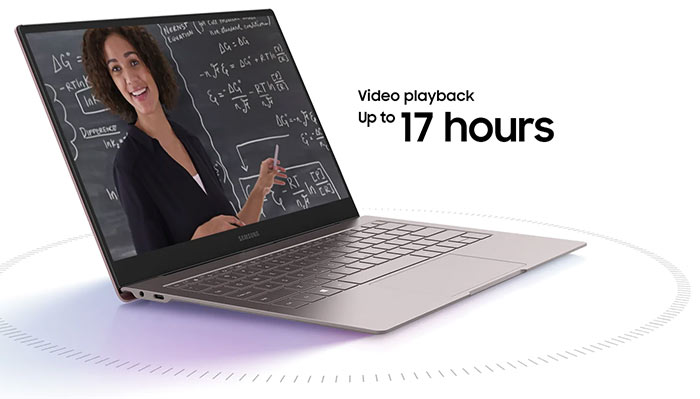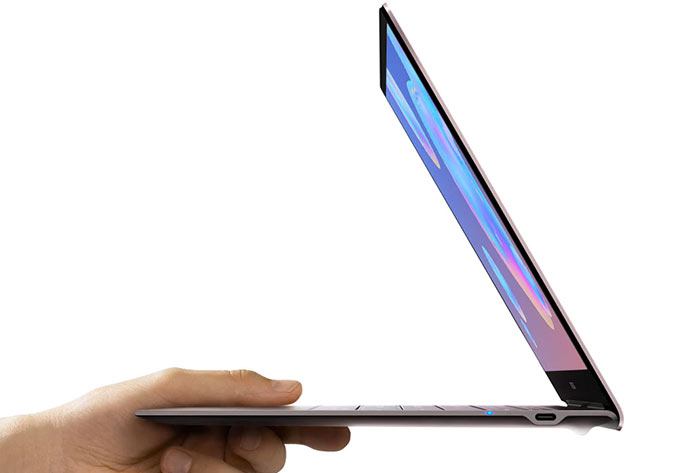Samsung launched the Galaxy Book S 2-in-1 at its Unpacked event in August 2019. It was newsworthy due to its attractive thin and light characteristics, extreme battery life, built-in LTE, and being based around the Qualcomm Snapdragon 8cx running Windows 10. According to some reports Samsung mentioned (at a developer conference in October) that an Intel Lakefield alternative was in development.

Devices that appear to fit this hardware profile have been spotted in online benchmarks, like this one reported by NotebookCheck in January. Now a Samsung Galaxy Book S with Intel Lakefield CPU has been officially listed by Samsung Canada.
The Intel-powered Samsung Galaxy Book S features the Intel Core i5-L16G7 Processor and runs Windows 10 Home. The touted 42Wh battery life is somewhat reduced, compared to the Arm version (video playback: 17Hrs vs 25Hrs) and LTE isn't mentioned in the options, but it will have better Windows app support. Remember that Snapdragon PCs can run Windows native Arm application in 32- or 64-bit, and x86 32-bit programs via emulation - but x86 64-bit apps are not usable at this time.

At the time of writing Intel hasn't got an Ark reference page available for the Core i5-L16G7. Thankfully, Samsung Canada, Intel blogs, and previous leaks provide us with some key specs to share here.
Lakefield Intel Core i5-L16G7
- Hybrid 1x Sunny Cove (big) core, 4x Tremont (LITTLE) cores
- 10nm process
- Foveros advanced packaging
- Base clock of 1.4GHz speed up to 3.00GHz
- 4MB cache
- Gen11 Intel UHD 'G7' graphics
- Between 5W and 7W TDP
Other aspects of the Galaxy Book S remain largely the same. The same battery, as noted above with its faster draining time, the same 13.3-inch touch screen, 8GB LPDDR4X RAM, 256GB UFS storage. While it might not have LTE, the Intel version has faster Wi-Fi 6 (SD8CX has Wi-Fi 5).

The Samsung Canada site doesn't share pricing and availability data.
The first officially revealed device with an Intel Lakefield processor at its heart was the Microsoft Surface Neo which, as a dual screen Windows 10X device, we now expect to be delayed to sometime in 2021.
Source: Samsung Canada via ComputerBase.de













